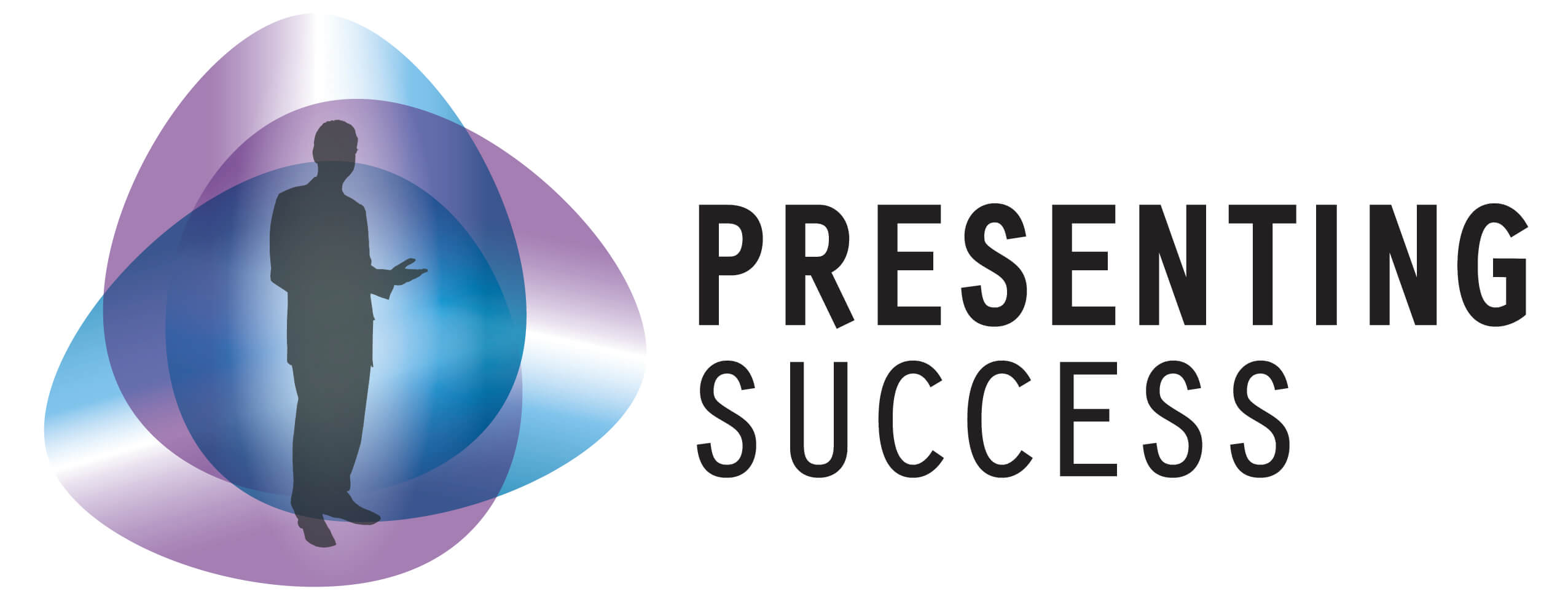First impressions "How should i open my presentation?" is a question we get asked often.…

How can I look more confident in my presentations?
Denise asked me “why do I have to stand still? I like to move around when I’m presenting!”
I was coaching her to stand strong, not still; there’s a difference. I explain that a strong stance (feet hip-width apart, equal weight on both feet) sends a message of confidence and strength to your audience. And she can still move her arms and her body; she can still project her energy.
The aim is to start strong. Then if you want to move, you move. And then stand strong again. Nothing wrong with movement. It’s unnecessary movement and shuffling that’s the issue. Because it distracts the audience and sends a message of lack confidence in the speaker.
She then says that she’d recently watched a speaker who was totally engaging and who also had a lot of movement around the stage as he spoke. So how does that work?
If you’re really interesting as a speaker, if you have a good story to tell and if you’re passionate about your talk then the audience will be captivated by your talk, almost no matter what you do or how you appear.
The problem is that we’re not often that interesting or captivating. Which gives the audience the opportunity to judge you in other ways, including how confident you look, what you’re wearing or whether you’re distracting them by movement, for example. The fact is they don’t know what you’re thinking or feeling. But they will make assumptions based on your body language.
So stand strong while the audience are making up their minds about you and your talk. When you’ve got into it and have their attention then the movement of your feet becomes less important.
It’s also about control. For example, think about driving. Remember being taught the 10 to 2 position for hands on the steering wheel? Now, as an experienced driver you probably won’t always adopt that position. And mostly it won’t matter. But on an icy or very wet road, or when you have to slow very quickly on the motorway, my guess is that you’ll automatically adopt the 10 to 2 position to get maximum control.
And so it is with presenting. When you’re faced with ‘danger’ (audience member challenging you, or you forget your next point or what slide comes next) adopting the ‘default’ position of a strong stance makes sense. It stops you sending a signal to the audience that you’re in trouble – instead you send a signal that you’re still in control; you still look confident.
So for your next talk, my invitation is to ‘stand strong’ and feel the difference it makes to you, to your message and then to your audience.



